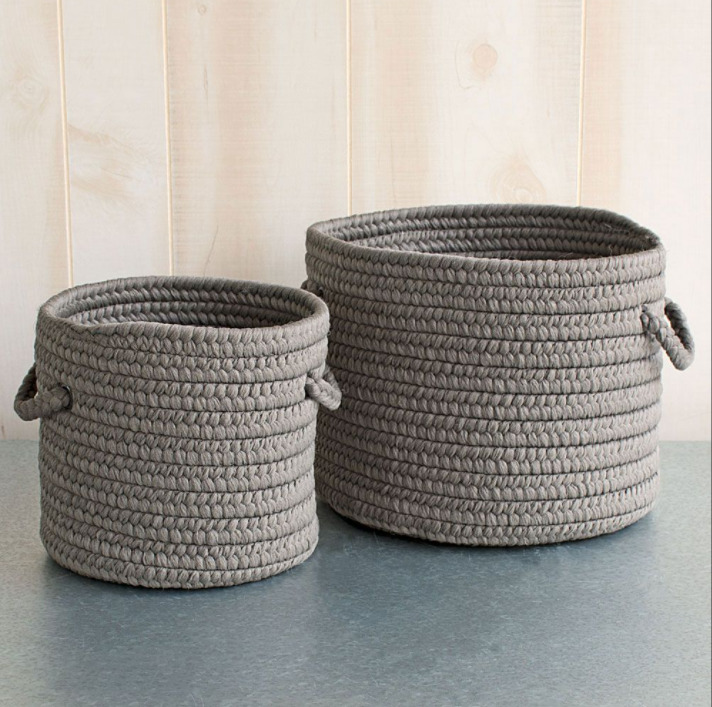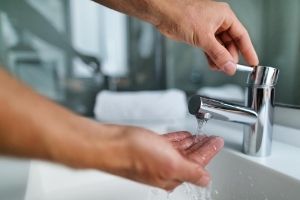
Rope baskets are both beautiful and functional. I don’t know about you but I love looking at all of the beautiful decorative baskets every time I walk into a Pier 1 or Bed, Bath and Beyond.
However, that love often quickly fades away when I spot the price tag.
Ouch!
Read More


